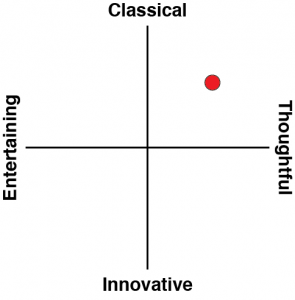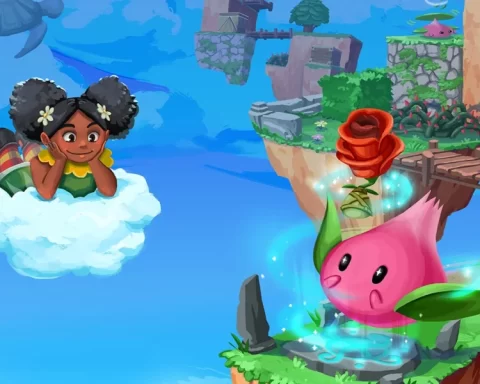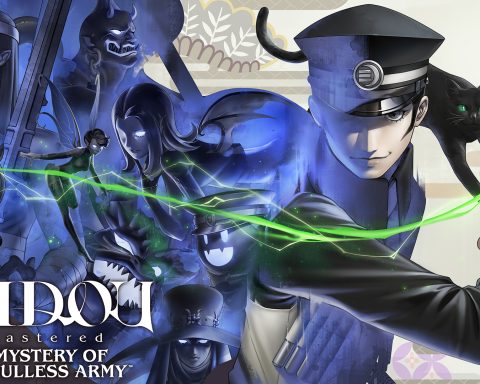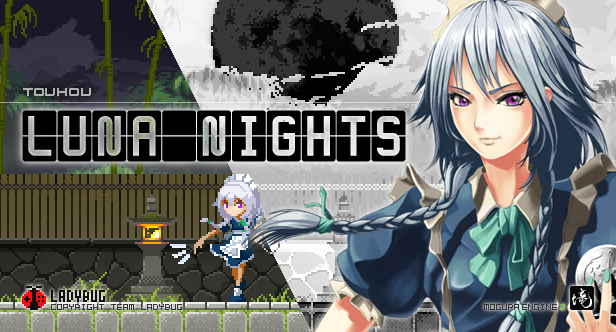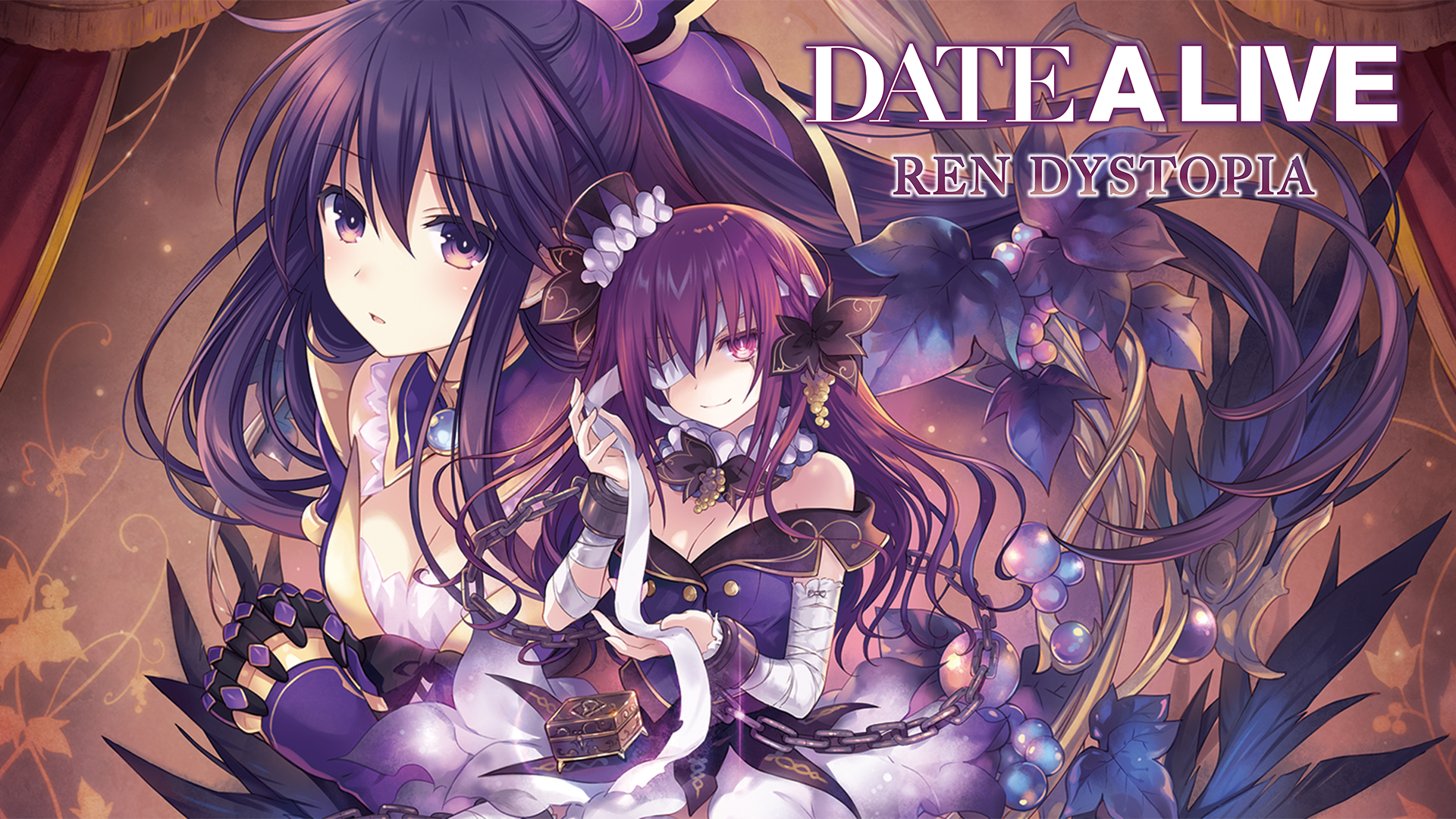Some licensed games aim to introduce people to the property, and in doing so help to expand the overall number of fans the thing has. Koei Tecmo has been particularly successful at that over the years, applying the Warriors (Musou) formula to several emerging IP. Arslan: The Warriors of Legend, for example, was an explicit effort to launch game and anime simultaneously and in doing so attempt to launch a cross-media franchise.
On the other hand, there’s My Next Life as a Villainess: All Routes Lead to Doom: Pirates of the Disturbance. This is an otome visual novel by Idea Factory and Otomate, and it has been explicitly designed to appeal exclusively to fans of the original light novel. Yes, at the start of the game, you’ll be told that this visual novel’s story is entirely unrelated to the original and not a canonical work. However, at the same time, the game still assumes that you know the various characters and have already spent plenty of time with them.
I’m not going to say which of the two approaches is superior, because they both have their merits. The former helps to introduce people to the property, but existing fans will run over familiar material. The latter gives fans something new to sink their teeth into, but at risk of alienating people who have no idea what’s going on. For the right audience, both approaches are valid.
However, in this case I haven’t read the original light novel and had no idea who these characters were or what their typical antics were. It took me a long time for the cloud of confusion to clear. Even then I spent most of the game under the impression that I was not privy to the fun that it was having with the material. As such, as much as I could appreciate the effort that went into the game, it flew right over my head.
My Next Life as a Villainess is all about a girl who bumps her head and regains memories as a past life… and she also realises that she’s been reborn into an otome game that she used to play in the role of the “villainess” who was destined to either be exiled or killed regardless of which pathway the “story” takes. This concept is a clever one, as a fun little play on and subversion of the Isekai genre – a genre that desperately needs some original ideas to go with the ever more ridiculous fan service that is too common for it.
This girl – Catarina – spends most of her time trying to figure out ways to prevent the story from heading down one pathway or another, and thus avoid her death or exile routes. In Pirates of the Disturbance, she has successfully made it to the conclusion of the main story, and now she’s about to enjoy a trip on a luxury liner with all the other characters from the visual novel. Unfortunately, that liner is hijacked by pirates, leading to a new series of circumstances she needs to avoid (because she realises that this is actually a fan storyline from her past life being a fan of this “IP.”)
As a result of this set-up, there are all kinds of odd moments where “Catarina” will “speak to herself,” and then do some truly strange things, which only make sense when you remember that she’s trying to manipulate “dialogue trees” and the like to send the story down a “non-death” route. On this level it works as a light bit of satire about how jarring those dialogue trees can be in the way they can force character motivation shifts to send the story down an arbitrary route.
I think I would have laughed out loud more if I had better understood the pre-existing relationships before this story kicked off. There is a lot to like about the characters, even if this is your first experience of them. Catarina’s one of the darlings of the otome genre, and she has a more defined role in this game than most otome. Typically (not always, but typically) otome protagonists are designed to be equivalent to the “I” in a first-person narrative. The story events spin around them as the protagonist, but because everything does happen through their eyes their personalities aren’t defined by much more than how they respond to events.
However, in Pirates of the Disturbance, Catarina doesn’t so much inhabit the role of “I” in a first-person narrative as she’s part of an ensemble cast. Yes, she’s the character that we, the players, see the world through, but she nonetheless comes across better as a character within the world than the sole subject of it. It’s a subtle shift, but it adds some interesting texture to the otome genre.
My Next Life as a Villainess also brings all the talents of developer, Otomate, to bear. The bright, rich colours look vibrant on a regular Switch, let alone the OLED, and while animation is limited, character experiences (and variety) are exquisite. I might not know much about Catarina, but I fell in love with her thanks to the exquisite way she delights over food or jokes around with the boys (and girls) on the boat with her. I was surprised to spot the occasional moment of poor translation – that’s not typical for Idea Factory International – but those were nowhere near common enough to impact on the overall enjoyment of the game.
I think I would have appreciated My Next Life as a Villainess so much more if I was an existing fan of the property. Otomate seems to have created something that is a fascinating observation of the otome genre and a very funny, character-driven “romance” story to go with it. Unfortunately, too much of that washed over my head. While I totally respect that developers of games can assume that players have read or seen something else first, and that their game is a continuation of an existing story, I would suggest that giving newcomers the option of a 10-minute summary to catch up first would be a helpful way for those of us coming in fresh to at least understand the basics before we’re thrown in the narrative deep end.
Buy this game on Amazon (By purchasing this game using the link, you support DDNet, which earns a small commission from sales)







